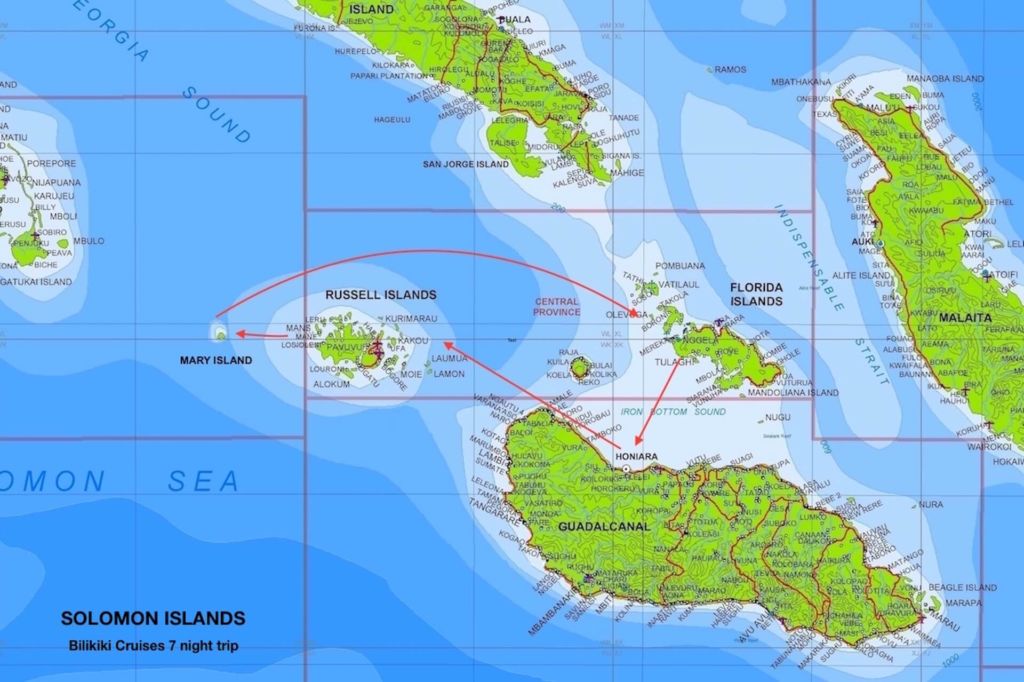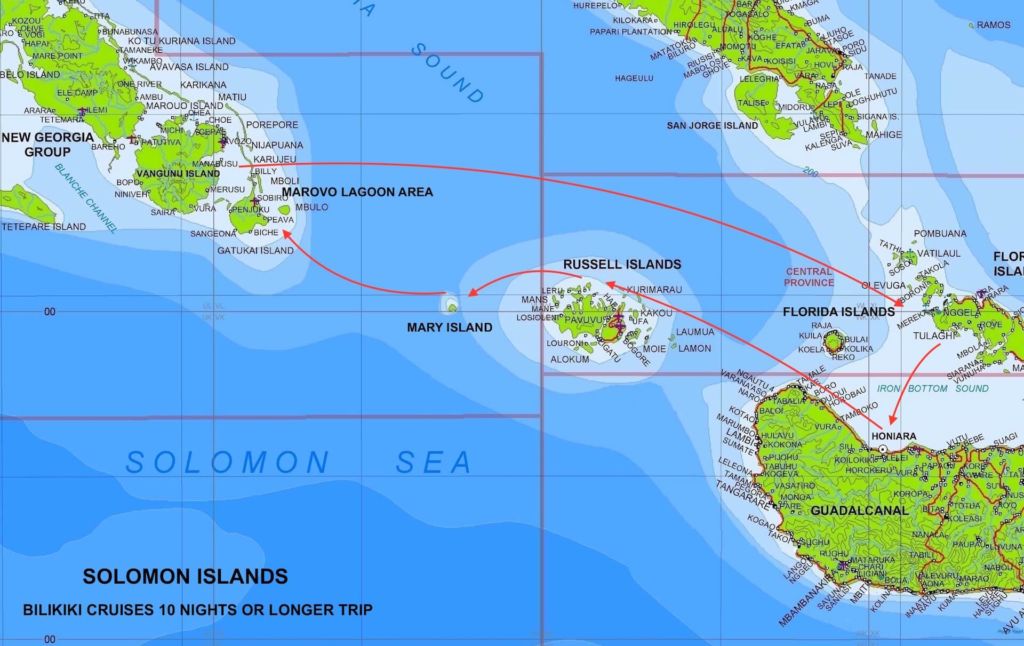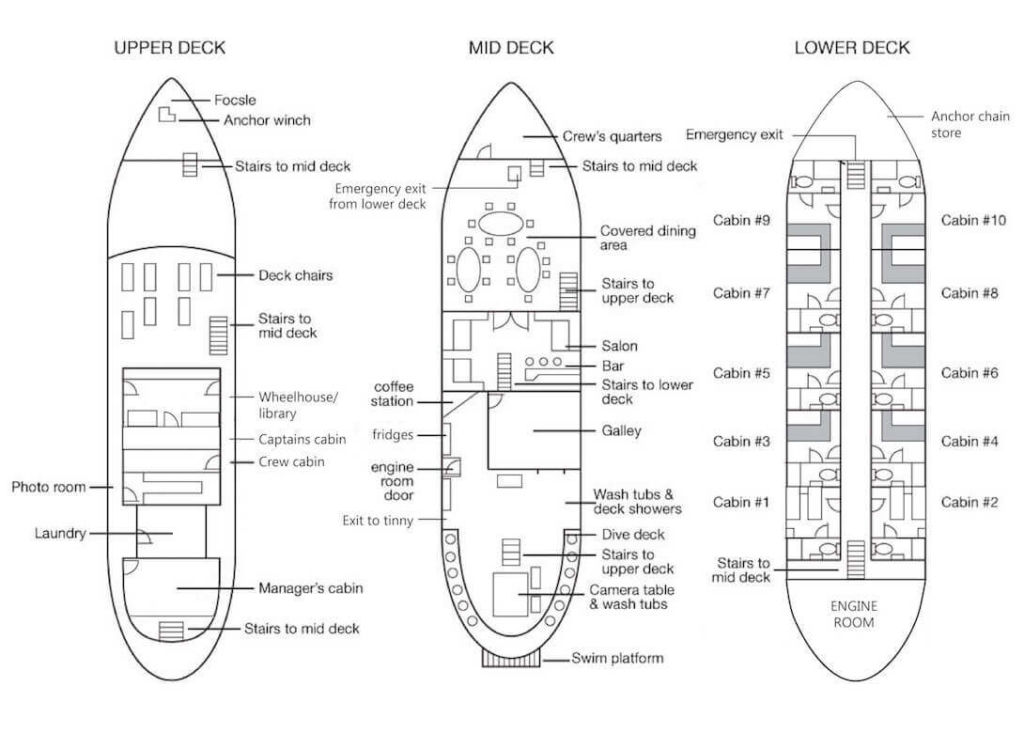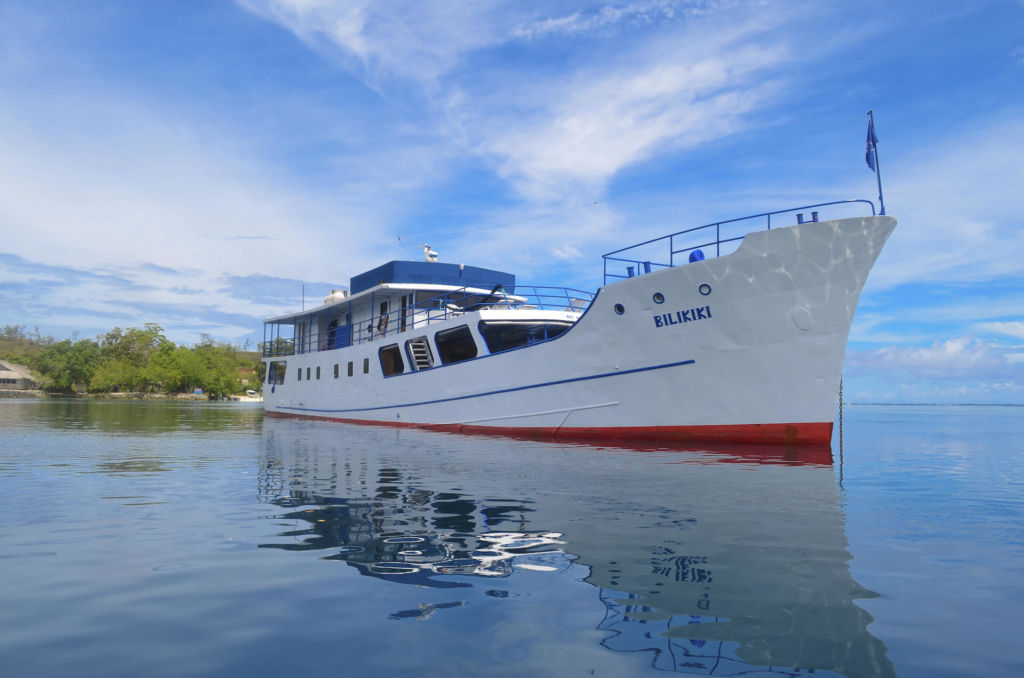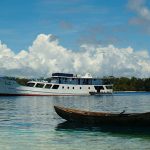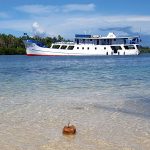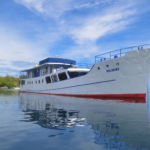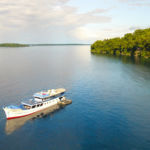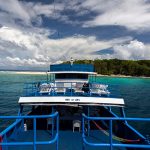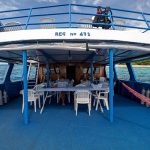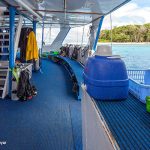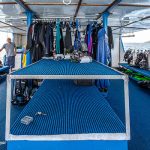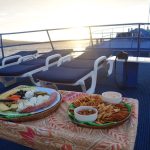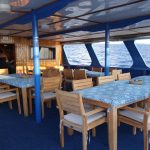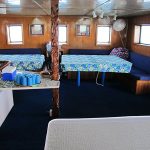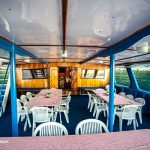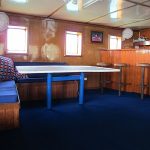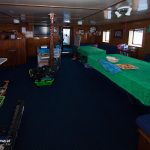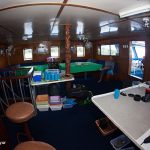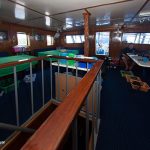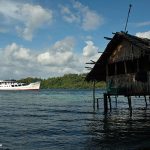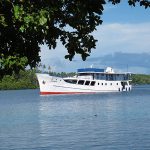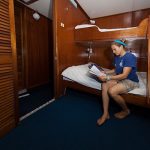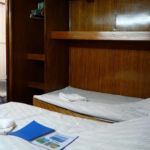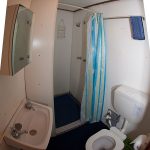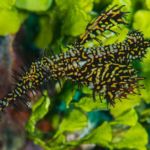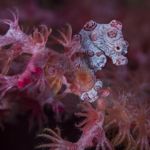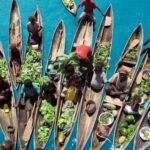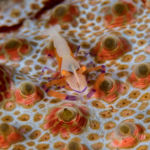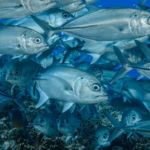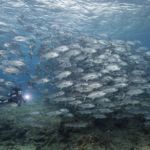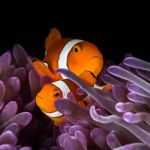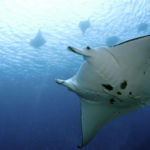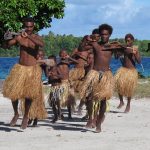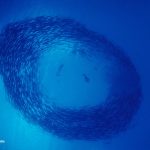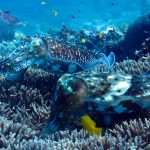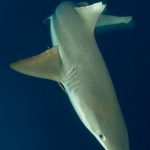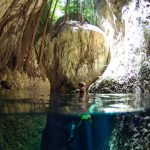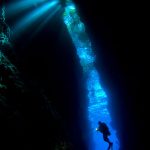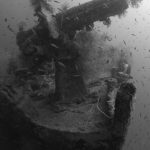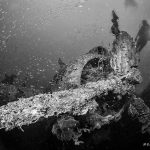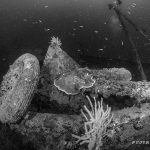Bilikiki Cruises
Bilikiki Cruises Liveaboard dive Trips
The Solomon Islands are home to some of the best reefs in the world and the diving is spectacular, diverse and colourful, There is not just one type of diving but an array of different habitats and ecosystems. There are pelagics and critters, wrecks, caves, amazingly healthy coral gardens, sand slopes, mangroves, walls and sea mounts. Bilikiki Cruises will show you all of it!
Book The Ultimate Liveaboard Dive Vacation Aboard The Bilikiki Cruises Liveaboard with The Ultimate Dive Travel Agency
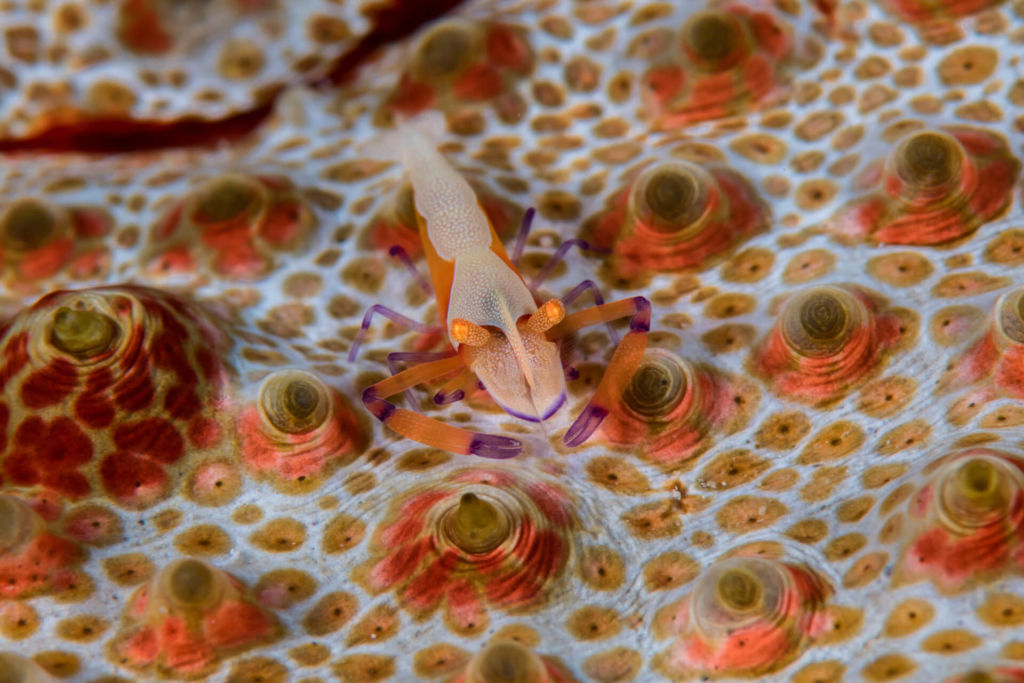
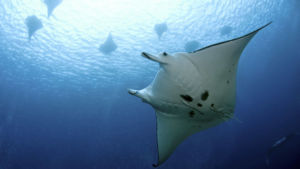
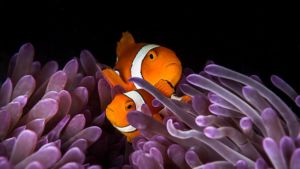
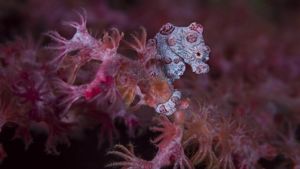
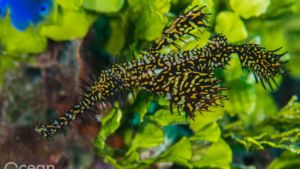
Dive Conditions
Dive Sites
Marovo Lagoon Area
Kicha- Not only is this dive site a truly stunning example of hard corals and sea fans, it is teeming with fish life. Friendly batfish follow divers around, schools of jacks and barracuda circle around the point while giant bumphead parrotfish chomp on coral. All this amazing color and beauty passes by to a soundtrack provided by the underwater volcano Kavachi which is only 15 miles away.
Mbulo Caves- A series of interconnecting caves and swim throughs with beautiful sun beams and a magical atmosphere. There is also staggering hard coral and tropical fish on the reef outside.
Wickham Island- There are a lot of amazing dive sites around this island. It has something for everyone with soft coral points, huge sea fans, sharks and rays. Plus great places to look for the small stuff such as pygmy seahorses, cuttlefish, crocodile fish, snake eels and many different species of anemone fish.
Japanese Maru #2- A Japanese cargo vessel sunk by American bombers in WW2 this is a stunning photogenic wreck covered in black corals. A deck gun lies hanging over the side of the ship and trevally and groupers hunt the decks.
Dive Sites
Russell Islands
Leru Cut- A channel back into Leru Island forms a breathtakingly beautiful reef formation which when dived at the right time of day has amazing beams of light and fantastic photo opportunities. Surface at the end and see the vine covered cliffs and jungle before descending and exiting onto a sheer wall of fans and soft coral.
White Beach-The site of an American WWII base where trucks, bombs and ammunition was dumped into the sea. Both a fascinating historical dive and a fantastic macro site in an unusual mangrove location.
Mirror Pond-A stunning pond reflecting the jungle overhead. Outside on the reef is a sheer wall where snappers and travelly hunt and pygmy seahorses hide in gorgeous gorgonian fans. The shallows host a stunning coral garden where crocodile fish, cuttlefish, and anemone fish live.
Karumolun Point-The chief of Karumolun Island has banned all fishing and collecting on this dive site for five years creating a local marine protected area. This point has great soft coral, a big school of jacks, barracudas and lots of sharks, often eagle rays are seen here too. The macro side of this dive site is fantastic as well with disco clams (electric file shells), nudis, cuttlefish, crocodile fish and ghost pipefish among the things seen.
Mary Island
Divers often refer to Mary Island as the “best” dive of a trip. It is an uninhabited island with a stunning amount of hard corals and fish life. The schools of fish are amazing here, especially when joined by sharks, turtles, and bumphead parrotfish. We usually stay here for the whole day.
Florida Islands
Twin Tunnels-This large seamount, in the middle of the channel between Guadalcanal and the Florida Islands, has two tunnels that drop vertically straight down from 12m and exit in a cave at 35m. Swimming out of the cave to the sheer wall there are schools of fusiliers with grey reef sharks cruising by. It is also home to some amazing coral, cuttlefish, octopus and mantis shrimp plus schools of snapper, tropical fish and an amazing array of anemonefish.
Devils’ Highway- The best place in the Solomons to dive with manta rays. A channel between two islands funnels water to form strong currents and an adrenaline filled dive. Drift along the reef top, duck under the reef wall and watch as up to a dozen mantas swim close by in formation to feed. They are often joined by sweetlips, jacks and bumphead parrotfish.
Maravagi Bay-A macro divers delight! A calm protected bay offering all sorts of great macro subjects such as nudis, demon stinger, scorpionfish, cockatoo wasp fish, various pipefish, cuttlefish, juvenile batfish, various anemonefish, shrimps, and crabs. Plus a few of giant clams and a small wreck packed with batfish and bream.
Japanese Mavis Seaplane- Sunk during WW2 it sits upright on the bottom at 100ft, it is an impressively large, mostly intact plane. This site is also excellent for macro subjects with reef top pipefish, twin spot gobies, and spine check anemone fish.
Bilikiki FAQ
Most frequent questions and answers
The Solomon Islands are in the South Pacific just south of the equator and not too far from Fiji and Australia. Most of our guests arrive via Nadi, Fiji or Brisbane, Australia.
We accept all major currencies, Solomon dollars and credit cards (Mastercard and Visa). There is no fee for using credit cards but they are processed in Solomon dollars so may be subject to exchange rates and fees from your credit card company. Please note that in the Solomons generally MasterCard is often not accepted.
Yes, there is shampoo and soap provided in all the cabins and also on the dive deck showers. We also have hairdryers, if you require one for the trip please ask the managers onboard and they will provide one for you.
Power throughout the ship is 240 V 50 cycle, using Australia style 3-prong outlets. There are also plenty of American style 110 V 60 cycle outlets for charging cameras, strobes, dive lights, etc. These outlets are only for charging purposes so if you intend to use hairdryers, shavers, etc. you will need to bring adapters.
Not directly but if there is an emergency then they can send our office an email or give us a call. We will then pass a message onto them, the details for that are below. We have a satellite phone onboard if you need to call home (charged per minute). Mobile towers are becoming more common but are still not in most places and quite unreliable. Check with your mobile provider but roaming with most companies does not work. Email: bi******@bi******.com Phone: 1800 663 5363 (US and Canada)
Boarding time on the first day is normally around 4PM. Disembarkation is around 8AM on the last day. All of our departures are designed to work with the incoming and outgoing flights so in general overnights are not required. We will meet you at the airport and transfer you to the vessel, or if your flight is earlier than the boarding time to a nearby hotel where you can relax. On the last day, you generally have a few hours to look around town before we transfer you back to the airport, many people opt to do one of the interesting World War 2 history tours of Honiara. Of course, not all flights from all ports of entry arrive and depart on our charter dates so depending on when you choose to fly overnights may be required.
Located just a few degrees below the equator, the climate is tropical year round although it is moderated by the sea air. Being tropical it is generally sunny with frequent but short bursts of rain. Humidity is usually high, particularly inland, but is significantly lower on the smaller islands and aboard ship. We do not operate in January and February when it tends to rain the most, instead, we use this time for maintenance and well deserved crew holidays. This ensures that our boats are always in top notch condition, that the crew is relaxed and efficient, and that the customers will be guaranteed to be diving in the best seasons possible.
Yes, we have a selection of rental equipment on board. It is available to rent for the whole trip or daily. If you’d like to rent equipment for the full trip it is best to book in advance by emailing us directly or through your agent. Weights, weight belts, and tanks are all included in the price of the trip.
Water and air temperature are pretty much constant, and vary only 2 – 3 degrees all year long. The water temperatures range between 28-30° C (80-86° F) all year with the “cooler” time of year from June to August. Most divers are comfortable in a 3mm wet suit or just a lycra but it depends on how much you feel the cold. Please keep in mind that although the water and air is warm if you are doing 4 – 5 dives a day some thermal protection is recommended.
Physically the diving will be the easiest you’ll find anywhere. Our immense dive decks give you lots of room for suiting up, and if you’re a photographer you’ll appreciate the large carpeted camera tables, right on the dive deck, where you need them for last minute adjustments. Our crew will load everything you need in the skiff for you (we call the skiffs ‘tinnies’), and help you in to your gear when the tinnie gets on site. Then you just roll over the side and enjoy the dive. When you finish your dive the tinnie will be right there, with the crew ready to take your gear. Then you just walk up the ladder and the tinnie whisks you back to your ship. There are two tinnies and one is always on site so there is no need to wait for other divers before heading back to the Bilikiki which is standing off only a couple of hundred meters away.
We offer unlimited diving, with the dive day built around five daily dives. We know you’ve come to dive and we try not to hinder you with a lot of restrictions, so within the bounds of common sense and safe dive practices, divers are permitted to set their own dive profiles. Our dive professionals are always available for those that want or need the guidance and of course a pre-dive briefing will always be offered to outline the dive-site and any special factors.
Very unlikely. There are some favorite spots that we do nearly every trip but with hundreds of dive sites to choose from you’ll get to experience new and different dive sites too.

